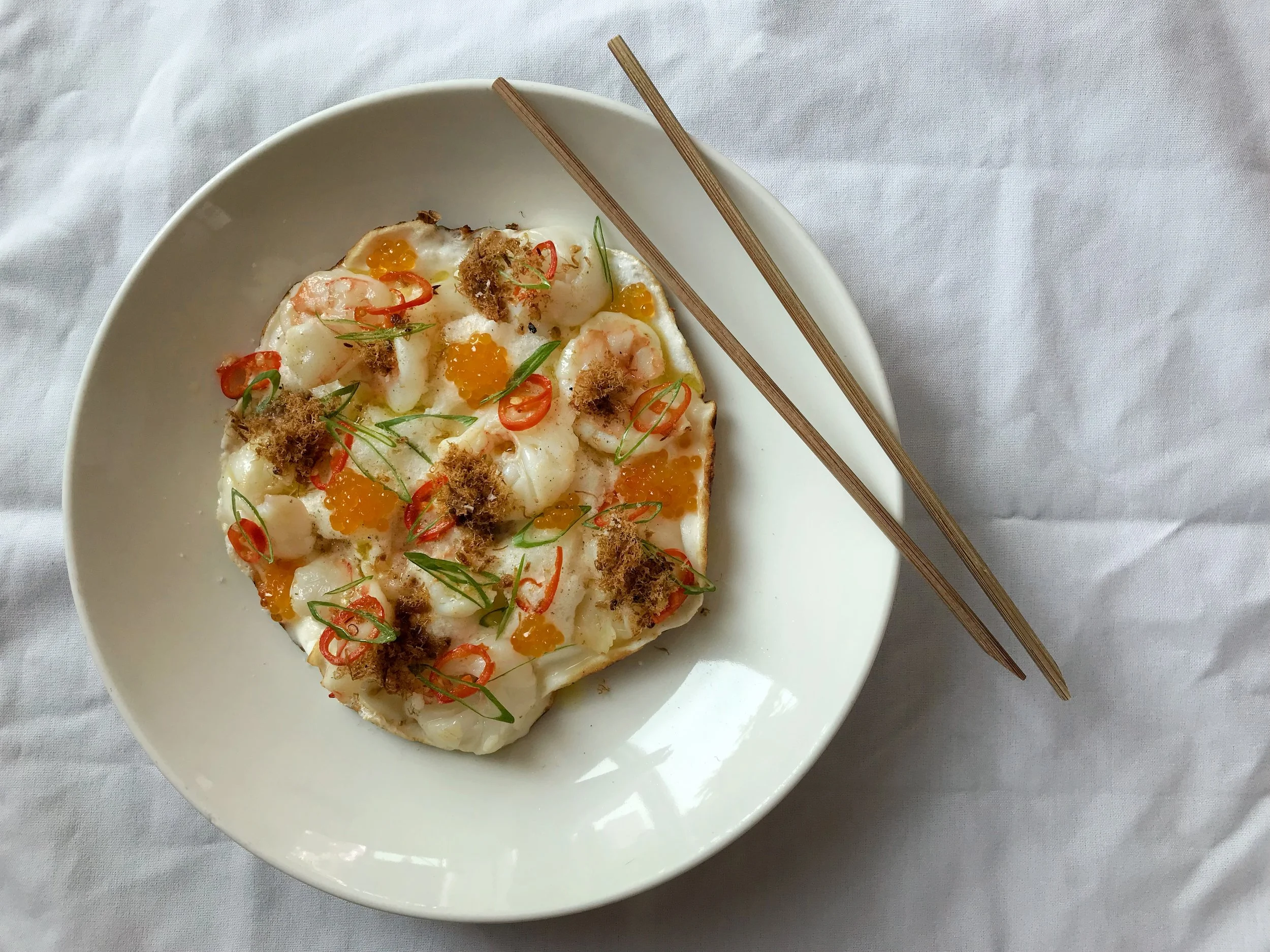I want to eat...
- #BringBackTheClassics 2
- Apple crumble 1
- As Seen On TV 5
- Asian Food 3
- Aussie Classics 2
- Avocado 1
- Bacon 2
- Baking 8
- Beans 1
- Beef 2
- Beef Rendang 2
- Berries 1
- Butterbeans 1
- Cabbage 1
- Cake 6
- Carrot 2
- Cashew 1
- Caviar 1
- Chai 1
- Cheap 1
- Chez Dre 1
- Chicken 2
- Chickpea 1
- Chilli 2
- Chilli Oil 2
- Chinese 11
- Chocolate 3
- Coconut Crack Bars 1
- Comfort Food 4
- Coriander 1
- Curry 1
- Custard 1
- Dairy Free 1
- Dan Dan Noodles 1
- Dessert 3
- Dim Sum 1
- Dressing 1
- Drinks 1
- Dumplings 1
- Eas 1
- Easy Recipes 4
- Eat Your Weeds 1
- Egg 1
- Eggs 2
- Eggwhite 2
- Everyday Gourmet 1
- Floss 1
- Garlic 1
- Ginger 1
- Gluten Free 2
I’ve been making this recipe since I was probably about 3. Like many kids who grow up in families who love to cook, you start with the most basic of cooking skills and build from there. From mixing the filling to forming the dumplings and cooking them, it’s the first recipe I remember my mother teaching me… and probably the last one I will forget . Over time, this recipe has evolved and that’s the beauty of it; once you understand the base recipe, you can customise it to your taste. Add chilli, XO, Chinese five spice, add mushrooms to the mix, like most great Chinese recipes, they’re open to a little free will and imagination.
Boil them, steam them or fry them, they’re a sure fire crowd pleaser. Click here to watch me make them while guest playing guest host on Studio 10, Australia’s favourite breakfast television show!
Ingredients
3 stalks shallots (scallions), green part finely chopped
1/2 bunch coriander, very thoroughly washed, stalks and roots very finely chopped, reserve leaves for garnish
1 thumb sized piece ginger, finely grated
1/2 small tin water chestnuts, coarsely chopped
150g green prawn meat, coarsely chopped
500g pork mince (nothing too lean as you need the fat content to make these babies succulent)
2 tbsp Kecap Manis
1 tbsp light soy sauce
1 tsp ground white pepper
Salt to taste
1 packet wonton wrappers
Dressing
1 tbsp Kecap Manis
2 tbsp Chinkiang Chinese black vinegar
1 tsp Lau Gan Ma chilli flakes in oil (from any Asian grocer)
Method
In a clean mixing bowl, combine the chopped shallots, coriander, grated ginger, chopped chestnuts, prawns and pork mince. Add the seasoning ingredients and mix well to combine.
Heat a small frypan with some vegetable oil to a medium high heat and fry off a teaspoon of mixture to check the seasoning. Once you have adjusted the dumpling mixture to your liking, you’re ready to make a batch!
Assemble the wontons by filling each wonton with about one teaspoon of mixture and sealing two adjacent sides with water to form a triangle. Make sure the edges are completely sealed to avoid unfortunate explosions if you fry, and to keep all the flavour and juiciness where it should be. If you want to get fancy, wet the two longest corners of the triangle and squeeze them together to make a tortellini shape (as pictured). Continue until all the mixture has been used up (though I love using this dumpling filling recipe as meatballs, or in a stir fry, too).
Heat a pan of water and place an oiled bamboo steamer on top. Steam the dumplings for 10 minutes or until the mixture is cooked through and the pastry is tender). While the dumplings are steaming, mix the dressing ingredients to taste. Dress the wontons in a bowl and then transfer to a serving bowl. Garnish with more sauce and the reserved coriander leaves.









